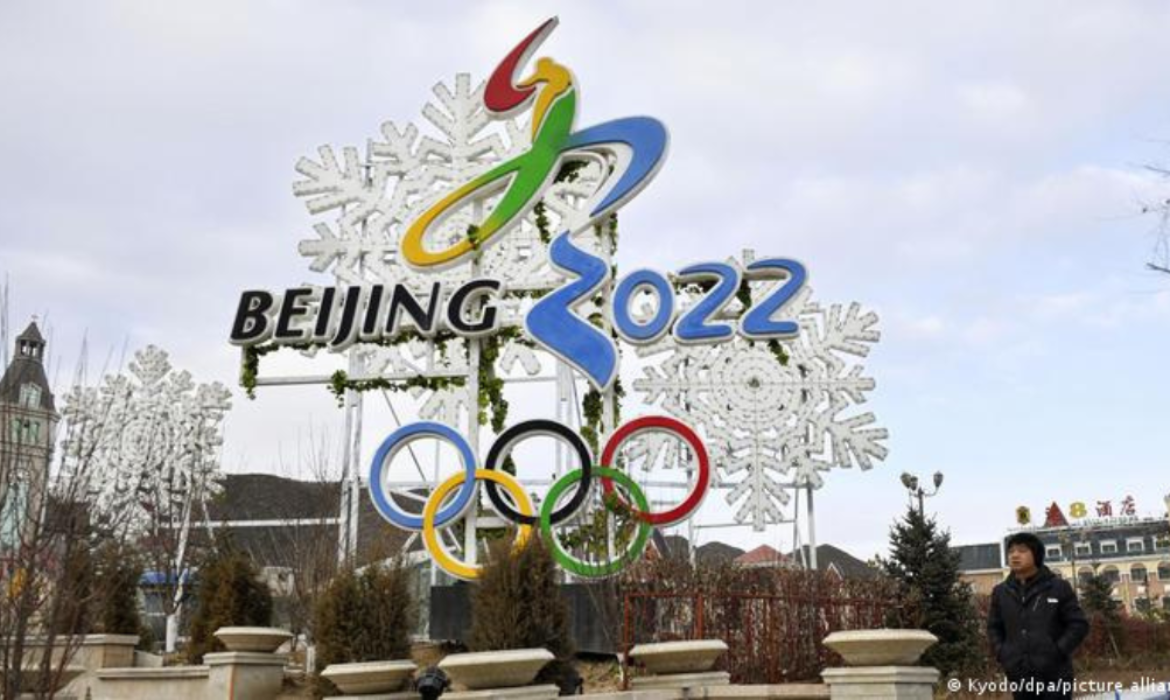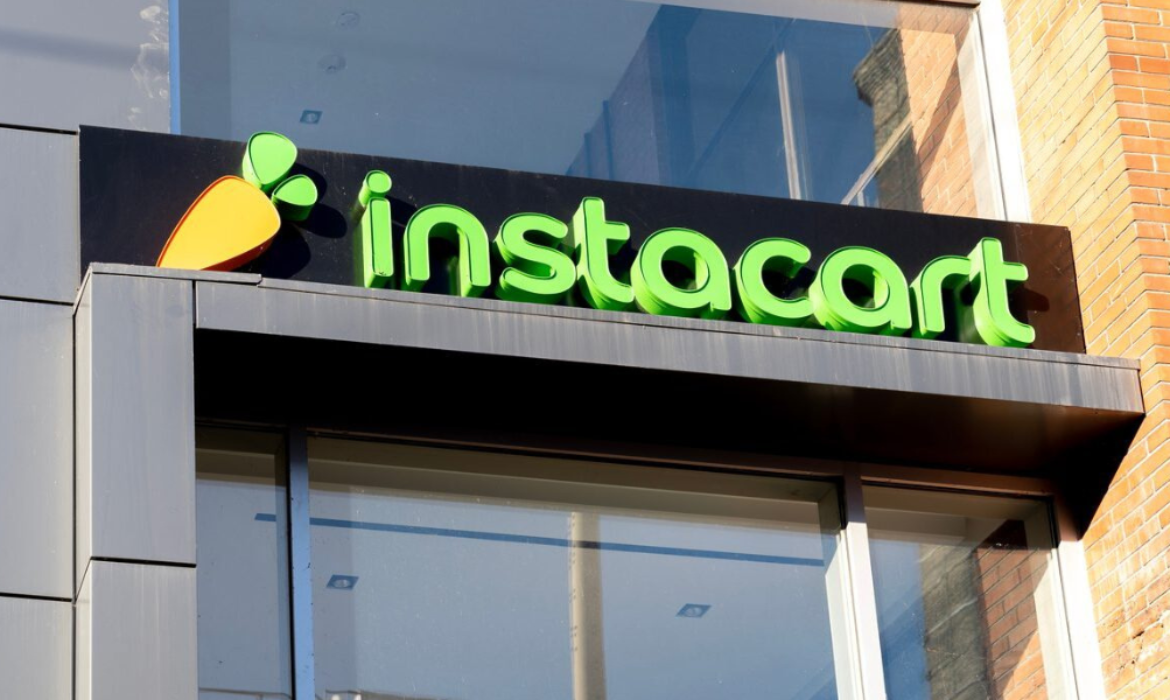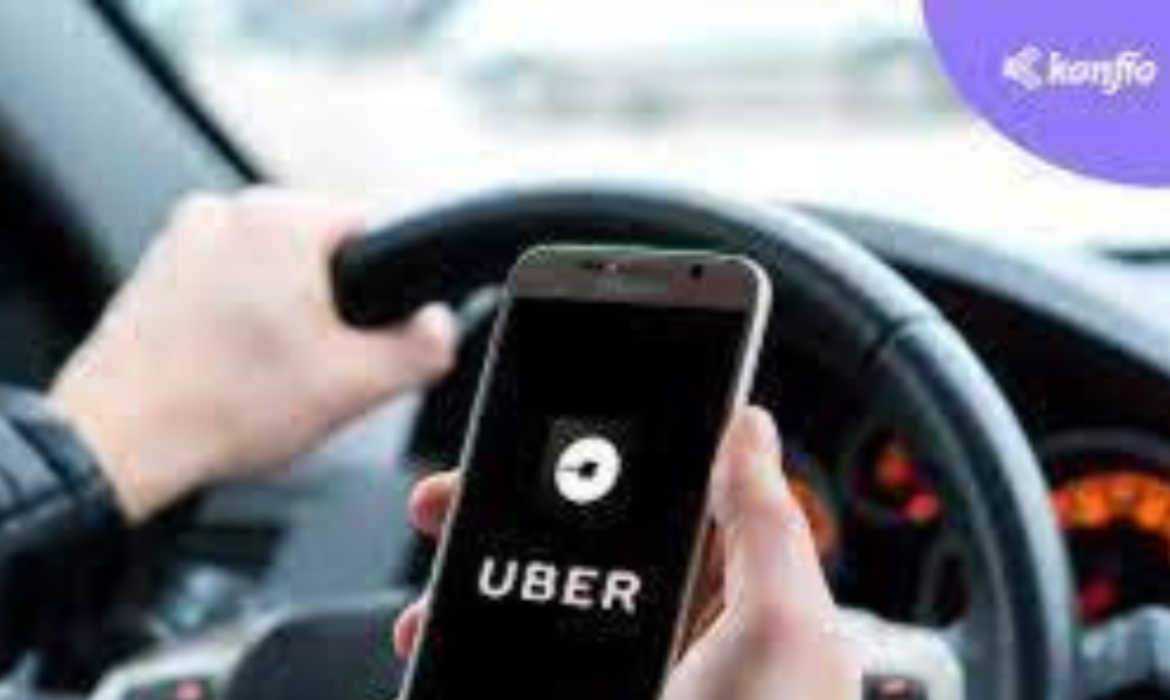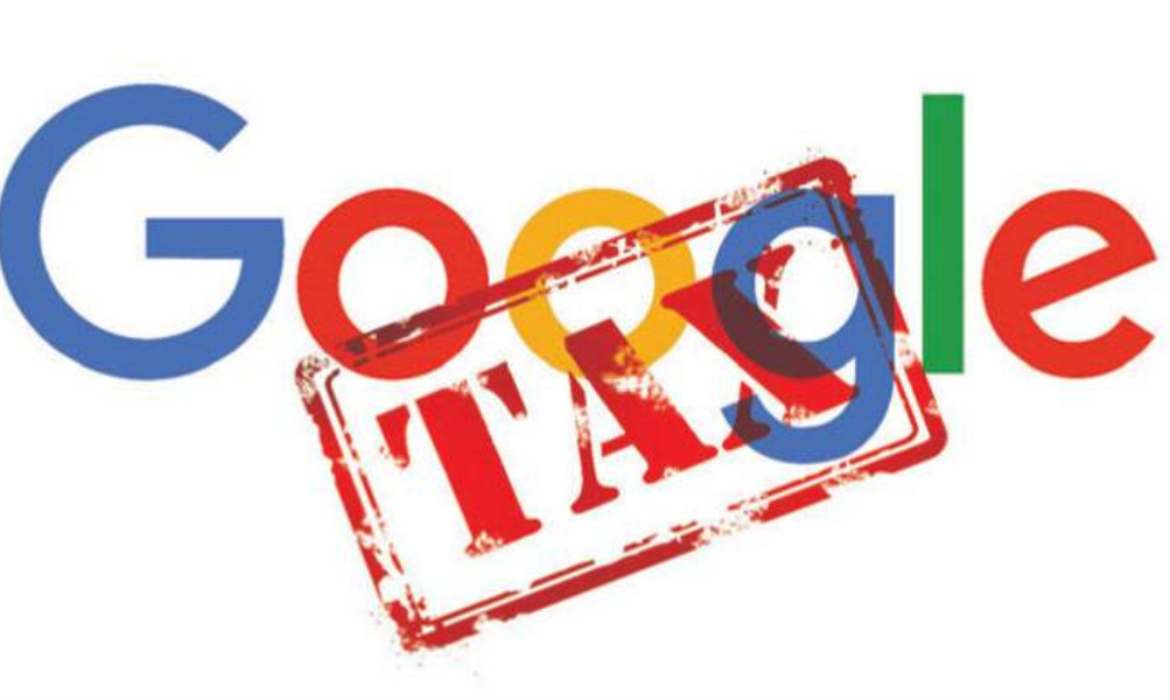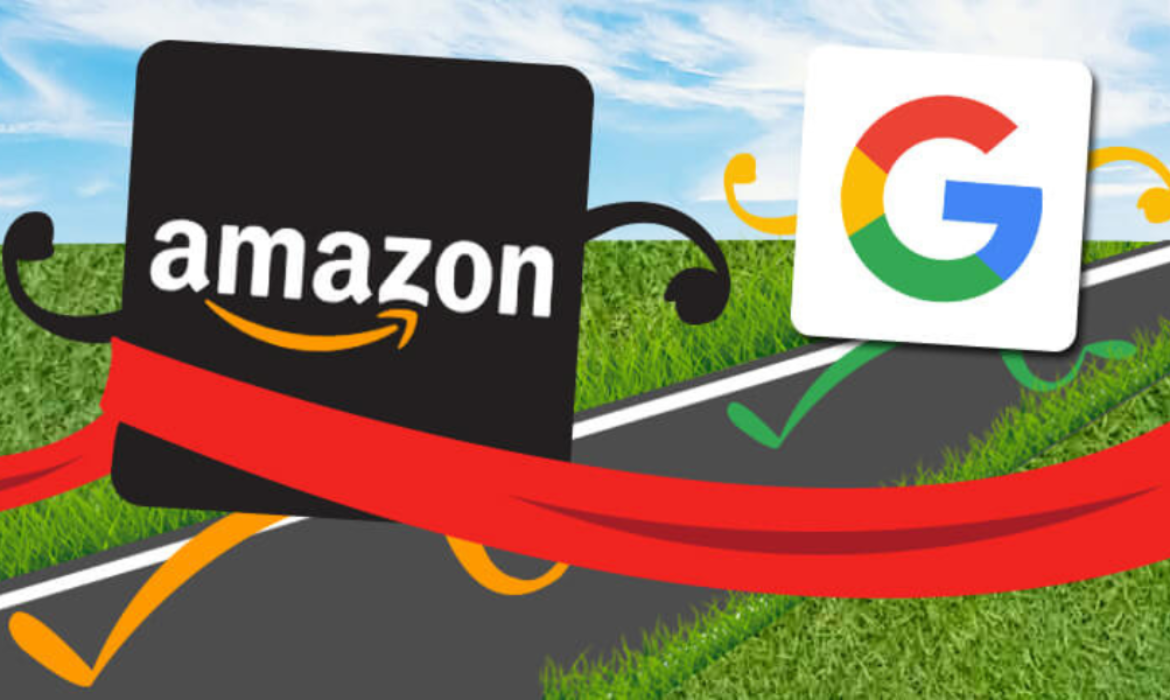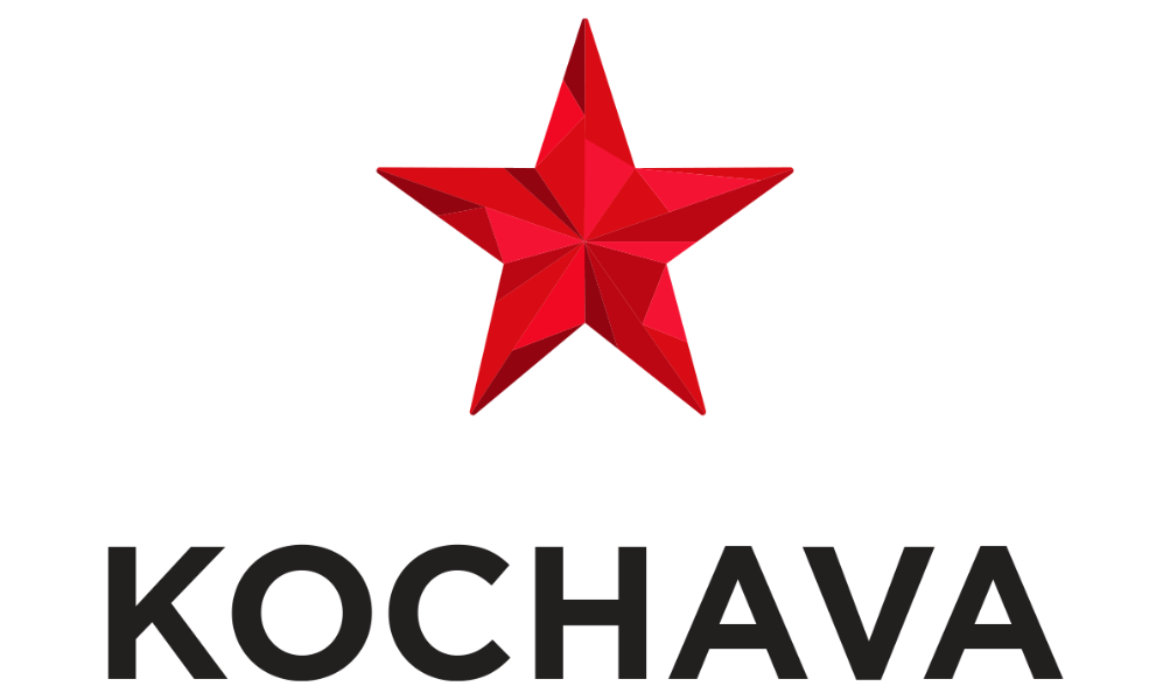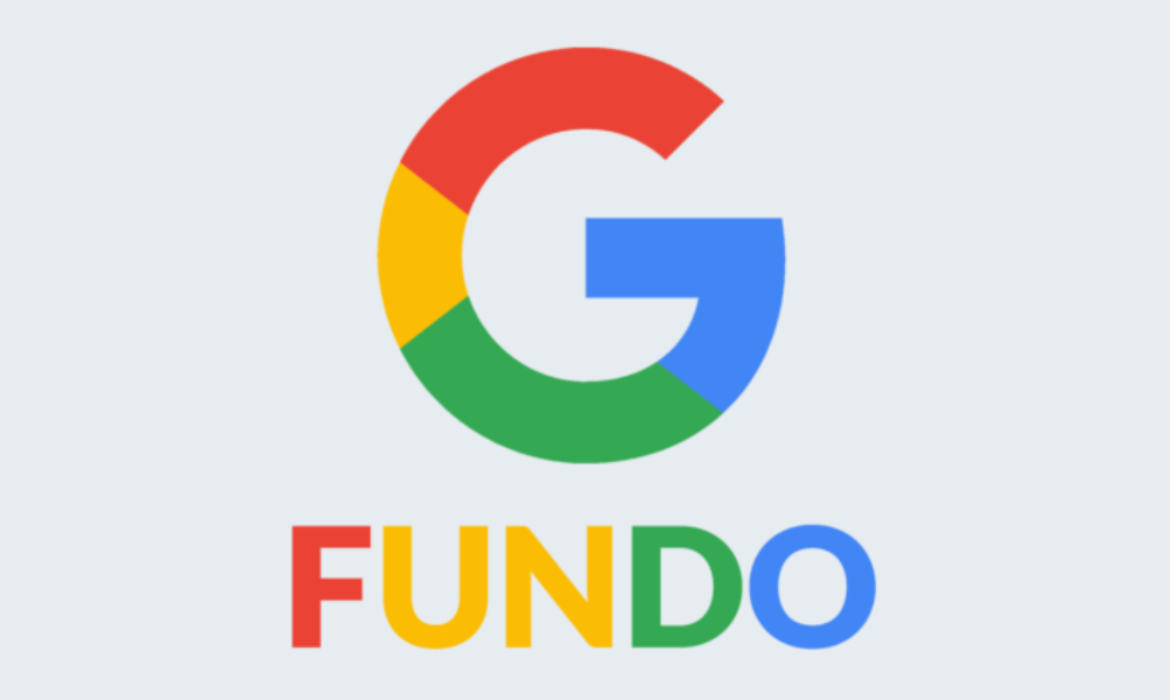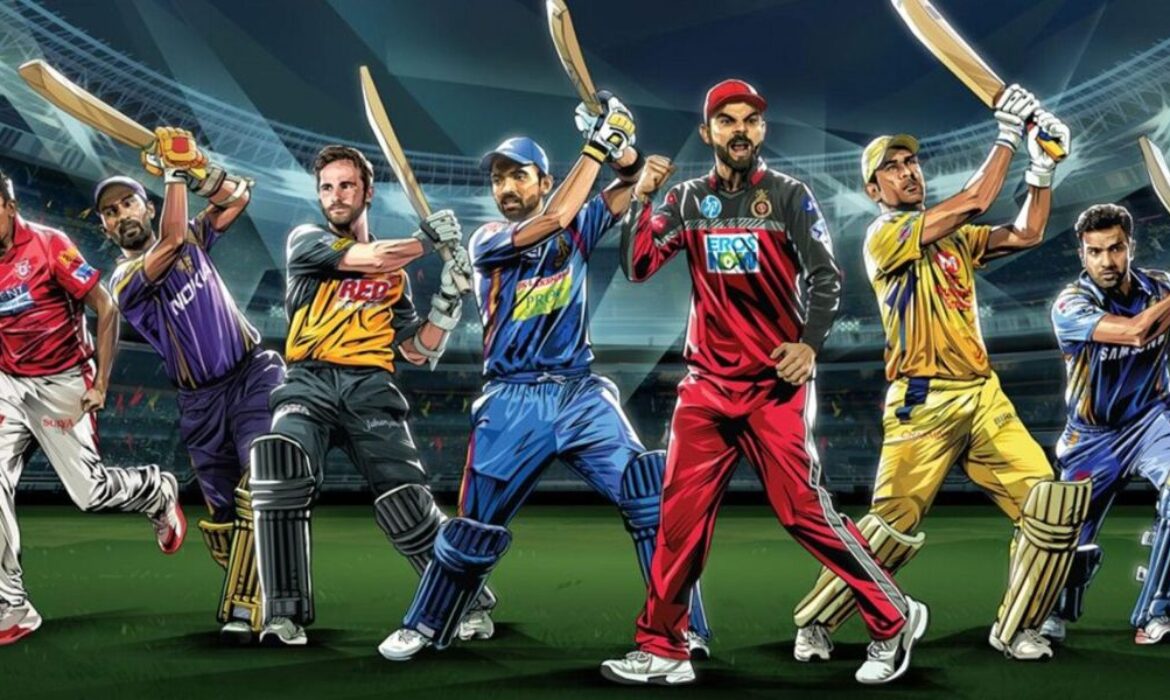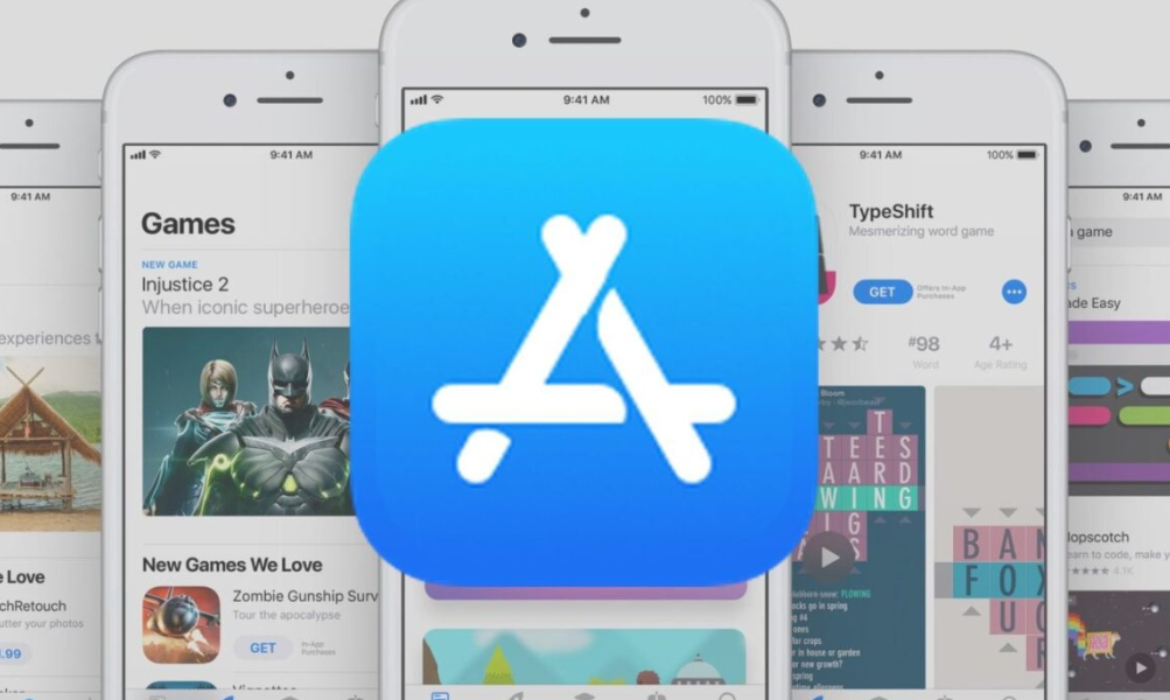TikTok and NBCUniversal Collaborate for the Winter Olympics
With the Winter Olympics in Beijing approaching, NBCUniversal has formed an advertising deal with TikTok to promote the network’s coverage of the games.
TikTok and NBCUniversal did not specify how new advertising will differ from current ones, although both businesses have recently explored social shopping, which might be a viable path for their collaboration.
According to NBCUniversal, TikTok has over 18 billion views of Olympics-related content, therefore the network approached TikTok directly to collaborate on 2022 Winter Olympics and Paralympics content. This includes daily material across NBC TikTok accounts, as well as a three-episode livestream series presented by a TikTok creator who is yet to be announced.
Interesting Read: NBC Universal and RTL Join Forces for an International Inventory Agreement
Calling the partnership a way to “present unique opportunities for NBCUniversal advertisers”, a TikTok spokesperson commented –
“The Tokyo 2020 Games highlighted our community’s appetite for sports-adjacent content that shows a different side of the Games and the athletes, creating new avenues and content strategies for brands — including NBC — to engage with and entertain them. The athletes’ stories and journeys are an integral part of NBC’s coverage of the 2022 Winter Olympics and Paralympics, so fans can expect to see them on TikTok across their handles.”
NBCUniversal will continue to collaborate with other social media sites, including Twitter, which will broadcast a live program as well as highlights.
Also Read: The New World Of TikTok Marketing, Everything You Need To Know!
Instacart President Carolyn Everson Steps Down Only After 3 Months
Carolyn Everson announced that she will step down as Instacart president at the end of the year. The surprise decision comes barely three months after Everson took the helm at the grocery delivery service company.
Instacart’s C-suite recently changed following the departure of its head of advertising, Seth Dallaire. Several big tech executives have been hired, including those from Facebook (now Meta), Amazon, and Google. Instacart’s valuation rose to nearly $40 billion this year, but some of its newcomers, including Everson, have experience managing larger teams.
Over the last decade, Everson has served as Facebook’s ads chief and was Fidji Simo’s most high-profile hire at Instacart. Simo had been at Facebook for ten years, including two years heading the Facebook app, before becoming CEO of the delivery tech company.
Carolyn Everson shared on social media that as she approaches 50 she plans to take a ‘real break’ to consider her next move.
“Fidji and I have been friends for over 10 years and we both agreed that this was the best decision for the company and for me personally. I believe in the company’s mission and the team, and am grateful for the opportunity to have contributed to Instacart’s growth. I intend to take time to dream up what’s next.”
Simo said in a statement that it was a mutual decision and was grateful for her contributions.
“We believe it’s the right decision for both the company and Carolyn based on our priorities and the role she was looking for at this point in her career. She’ll be staying on with us through the end of the year, and leaves as a friend to the company.”
As president of Instacart, Everson manages many divisions, including advertising, partnership services, and legal. As a result of the pandemic, grocery delivery services had flourished and recorded their first profit of $10 million in April 2020, adding 350,000 more customers to their roster.
According to CNBC, Instacart has identified its advertising business as one of its fastest-growing segments, but it is looking to expand into the cash-intensive business of quick commerce, or 15-minute delivery, to compete with the likes of DoorDash and GoPuff. It was widely expected that Instacart would go public this year, but reportedly pushed back plans in order to focus on growth.
Interesting Read: Clean Rooms Explained: How Marketers Can Prepare For Cookieless World
Uber Ads: Uber Hires Mark Grether To Lead Its Ad Division
Mark Grether, the former CEO of Sizmek and an Amazon advertising executive, has been named to oversee Uber’s advertising division. Grether is a significant step forward for Uber as it develops a worldwide advertising strategy.
Even though the ride-hailing service’s advertising revenue isn’t insignificant; Uber firm hopes to gain $300 million in 2022 from advertisements in its food delivery apps (Uber Eats and Postmates), as well as actual Uber ads that drivers may choose to install on top of cars.
Grether made the announcement official on LinkedIn. His post read –
By building strong offerings, Uber can help merchants, brands, and other advertisers to reach its highly engaged user base across Mobility and Delivery in 32 markets. And I’m particularly passionate about doing this in a way that enables our eaters and riders to discover the familiar
Uber Ads: What Do We Know So Far?
Uber Ads division is a recent, yet established space for the company. The Uber advertising strategy panned out to give such possibilities via its food delivery app in late 2019 after first announcing its plans to engage in the advertising market and has subsequently extended to serving to cartop adverts.
Uber OOH is available in five U.S. markets: Atlanta, Dallas, Phoenix, and, as of this month, Los Angeles and Boston, thanks to a collaboration with out-of-home ad-tech firm Adomni and screen provider Cargo Systems. 7,500 Uber cars are equipped with digital display advertising in those cities.
In New York, Uber Ads have outfitted 3,500 yellow cabs, which account for about a quarter of the city’s total cabs.
Google Tax: How The 2% Levy Affects Advertisers And Beyond!
Starting in October, Google is planning to pass on India’s 2% equalization levy, which went into effect in April 2020, to its clients whose ads are viewable in India.
Even if both the buyer and the seller are not based in India, the Google tax applies if the advertisement is visible in the country.
In 2020, the Indian government broadened the scope of the equalization fee, which had been levied on cross-border digital transactions since 2016 in an attempt to tax Google’s digital advertising revenues from India.
This was done to incorporate any acquisition made by an Indian or India-based agency through an overseas eCommerce portal.
A Google spokesperson went on record to say –
From 1st October 2021, we’ll be adding a surcharge to the invoices we send to non-Indian customers whose ads are viewed in India. The surcharge is to cover part of the costs associated with complying with the Indian Equalization Levy, which only impacts non-Indian advertisers. We will continue to pay all the taxes due in India and elsewhere
Here we can also recall how Apple since October 2020, is passing on the 2% equalization charge to Indian customers who buy applications or other products from its iTunes or App store. This excludes the 18 percent goods and services tax (GST).
This was essentially a levy on any programme purchased from Apple’s iTunes store.
Now, Google is taking a step ahead.
It is creating a situation where even though neither the buyer nor the vendor is an Indian if the advertisement is viewable in India, the tech giant’s tax will be charged.
Ajay Rotti, partner, Dhruva Advisors said that there will be a variety of circumstances where the service receiver is not an Indian firm, but the equalization levy will apply if the advertisement is directed at an Indian customer.
He added –
Google’s interpretation is in line with the provisions of the law which covers certain specified circumstances where the levy would apply. This would add to the collections of the revenue department going forward
The new rules identify online selling goods or services as any purchase made online, any payment made online, or even an accepted offer made online, and they apply to all transactions.
Even if only a tiny portion of a transaction was completed online and the remainder was completed offline, the 2% Google tax might be charged.
By the virtue of this Google tax, many businesses are now concerned that the charge will apply to a wide range of transactions, including hotel reservations, software purchases, and even the purchase of specific components from other countries.
According to legal experts, because of the way the law is written, even ERP (enterprise resource planning) systems—internal software systems that many businesses use—could potentially be deemed an internet platform and so be subject to the levy.
A senior lawyer said –
The way the equalization levy law is worded, almost every transaction that happens on the internet could potentially face the tax. Also, many companies are relooking at their existing structures to see if they can park the India specific activity in a separate domestic entity to avoid complications around equalization levy
According to tax specialists, Google‘s interpretation will have an influence on a number of other businesses.
Because tax rates in some countries are near to zero, several firms have formed holding entities in tax havens where most earnings are gathered or where intellectual property is held, saving taxes on overall revenue.
UK Government To Ban Junk-Food Advertising From 2023 To Curb Obesity
In an attempt to live up to his pledge to address the UK’s augmenting obesity crisis, Prime Minister Boris Johnson has announced a ban on junk food advertising online and before 9 pm on TV starting from 2023.
The ban on unhealthy foods – those high in sugar, salt, and fat- is implemented before a 9 pm watershed, when most children could be viewing. This may cost TV broadcasters including ITV, Channel 4, Channel 5, and Sky more than £200 million in income every year.
The new regulations, which will be among the harshest marketing limitations in the world, will have a significant influence on the more than £600 million spent yearly by businesses on all food advertising online and on television.
According to research, one in every three youngsters leaving primary school is overweight or obese, as are nearly two-thirds of adults in England.
According to the government’s consultation on proposals to implement a ban last year, children under the age of 16 were exposed to 15 billion junk food advertising online in 2019, up from 700 million two years earlier.
The UK government’s Health Secretary, Matt Hancock said –
“I am determined to help parents, children and families in the UK make healthier choices about what they eat. We know children spend more time online. Parents want to be reassured they are not being exposed to adverts promoting unhealthy foods, which can affect habits for life.”
The online ad ban would apply to all paid forms of digital marketing, from Facebook advertising to Google sponsored search results, text message promotions, and paid activity on sites like Instagram and Twitter.
It is estimated that more than £400 million is spent each year in the UK on internet advertising for food products.
The new limitations, however, include a substantial number of exemptions, implying that they would fall short of the total ban suggested last year, which the advertising and broadcasting industries deemed too “indiscriminate and draconian”.
The Road Ahead
So, what does such a ban mean for popular fast-food chains such as McDonald’s and KFC?
Online and on TV, brand-only advertising will continue to the allowed. So, companies such as McDonald’s, which is typically linked with bad eating habits, will be permitted to advertise as long as no HFSS items appear. Brands will also be permitted to continue promoting their products through their own websites and social media profiles.
The government is also exempting a number of products from the ban after a proposed definition of junk food products last year would have prevented the promotion of items such as avocados, Marmite, and cream.
These will include products that are not traditionally considered “junk food,” such as honey and jam, but will also contain zero-sugar drinks and McDonald’s nuggets, which are not nutritionally classified as an HFSS product.
Small and medium-sized businesses (those with less than 250 employees) will be permitted to continue advertising junk food items.
Furthermore, firms that do not target consumers but are part of the food industry supply chain will be allowed to advertise HFSS products in the business-to-business market.
Junk food advertising will continue to be permitted via audio media such as podcasts and radio, and there will be no new limitations for the out-of-home sector, which includes billboards, poster sites, buses, and venues such as train stations and airports.
The items on the list, as well as the ban itself, will be reviewed every few years.
The government of the UK has always taken other steps to curb obesity in the country. These include a ban on advertising discount deals on unhealthy foods, rewarding people with shopping vouchers for losing weight and exercising under an incentive program. Furthermore, all restaurants will be asked to put calorie counts on the menu.
Amazon Is Creating Ripples In The Digital Market With The Announcement Of Its Identifier.
Discarding the third-party cookie by Google is the hot topic of discussion in the technology market. By this move, Google is trying to benefit its publisher services and DSP. However, this has created a void in the market, and Amazon is all set to fill this void.
To make sure that the void is sealed the eCommerce giant is meeting various leading companies to discuss and plan techniques that will help them track the customer journey over the internet using Amazon’s advertising ecosystem. It has been found that three prominent companies are already in discussion with Amazon regarding this. Therefore, one can soon expect to have an identifier by Amazon. However, the timeline has not yet been shared by the tech giant.
There are several open identifiers available in the market like Live Ramp and Trade Desk. However, Google has made it clear that they will not be supported any longer. On the other hand, the new identifier launched by Amazon will be limited to its ecosystem. It could be a concern for many advertisers. However, they must understand that it is time to choose a side and decide which boat they will be sailing.
“They are thinking about it more in terms of Google’s ‘ppid,’ where it’s siloed to a particular network of O&O sites,”. “It would be more as a means to inform their DSP of frequency and attribution while maintaining an identity silo.” The statement was released by one of the companies which is in talks with Amazon regarding its new identifier.
Even though the date for the launch of the identifier is yet not released, it has created a wave of commotion in the advertising industry. It is reported that Amazon is working vigorously to make things possible. However, its priority is to make the security non-penetrable. When compared to Google, Amazon is a small fish in the advertising industry. Therefore, such a bold step was not expected by Amazon as there is so much to invest before Amazon can eat the fruits of success. According to a spokesperson the identifier will be operative following Amazon’s opt-out policies, privacy notice and interest-based ads.
However, it is a speculation that once things are in motion, it can turn the tables around and end the monopoly of Google in the field of advertising. It is not just a speculation, but after monitoring last year results of a survey conducted by the Advertisers Perception, it was found that Amazon’s DSP ranked first among other DSP’s.
It will not only help Amazon to set a firm foot in the field of digital advertising but will also help in boosting its APS business.
APS was always going to be a differentiator for them, An identifier’s kind of a door opening to push this more,”
#MightyHive, commerce practice director, Nicholas Seo.
As stated above, the identifier can create a new era where advertisers have to choose or invest more money in their advertising strategy.
According to a source of the company, in talks with Amazon about its new identifier stated:
“I do wonder if the buy-side is ultimately just going to have to settle for a set of further fragmented buys than what they do today”.
However, there are no executives available who can give a clear perspective of this new identifier and answer the queries of an individual. Yet it has been said that the identifier will be only available to those who will fulfil the requirements of Amazon.
Google is yet to work on the fundamentals of Publishers Provided ID, and it is in an experimental stage. It is important to note that PPI has played a crucial role in deals made in the private marketplace.
However, the ability of Amazon to map the transactions has given him a better hand with a stronger DSP. It is sure going to give Amazon an upper hand.
“As advertisers look to navigate the future, they are going to continue to look to partners in the near term who can do 1-to-1, both targeting and measurement, the measurement front, the partners that have that closed-loop look are going to become increasingly important”.
#Lauren Fisher, Advertiser Perceptions, EVP of business intelligence at the research firm.
A Step Towards Innovation In Media Planning By Kochava
Some of the top brands in the industry has always dominated the media market. Brands like Facebook and Google has always been the first preference of advertisers. However, there are several other vendors in the market which provides a more effective advertisement and marketing on their platforms through advance technical tools and innovative approach. In several matters, these providers are more capable of delivering efficient services compared to the overhyped ones.
However, to work efficiently, they all need a diverse database which helps them in their decision making. On several occasions, advertisers end up paying huge amount of money to test campaigns which are often of no use to them. They even fall in traps of vendors who do not perform well and ultimately end up failing the advertising campaigns or even businesses. It becomes difficult for them to integrate the advertisement campaigns with the new tools available in the market.

Kochava
Therefore, Kochava media index presented the advertisers with a perfect solution. The solution will help them look for the perfect vendors for their advertisement. It will work worldwide and will help in creating an unbiased standard in the media industry. It will develop a transparent and robust methodology which will help marketers research for the ad vendors and will also ensure that vendors to anticipate the potential buyers. All this has become possible due to the acquisition of the largest research database; Thalamus.

Kochava
The Kochava index is highly useful as it holds the data of almost 500k buyers/marketers and around 50k ad vendors. The information that it provides about them includes:
- Mobile data
- Alexa traffic
- Pricing model
- Site data
- Location of the inventory
- Creatives run by vendors
The data provided by the index is transparent to the viewers, and it helps marketers make better decisions based on their research conducted using the information. The index also highlights the top-performing assets and media partners which can be utilized, to craft better strategy while developing a campaign.
Vendors get the flexibility of researching the data by applying the desired filters. These filters can be utilized based on the following factors:
- Media channels
- Geolocation
- Key performance indicators
- Filters for the inventory
The ranking of the vendors is created based on the data they provide, available data on Kochava and the reviews they have.
Kochava media index is determined to create a more informative and transparent ecosystem for the marketers by continuously updating and evolving its platform.
Fundo- Google’s Latest Innovation To Monetize Your Video Events
Google has innovated a supreme way to help SMEs, to help them in monetizing their video events. It is an amazing option for video creators to make money through Google Fundo. Now, they can create a video event, set a date for its launch and sell tickets online.
Isn’t that amazing?
Let us understand; what is Fundo?
An online application from Google, enabling its users to create video events online, and sell tickets to the interested audiences. It is an all-in-one application that doesn’t need any external downloads. Google Fundo will do everything for you!
Here we have the feature that will be available with the application:
- You can do a one-on-one chat + Photo
- Arrange Meet and Greet
- Create Workshops
The audience will be provided with a search option. The audience will be able to search the event through the search option or the events link can also be shared to people via multiple sources. Sharing link features can also be used to publicize your event features.

Who can earn money from the videos?
According to the announcement made by Fundo:
“In addition to YouTube creators and their fans, we’re seeing authors, fitness instructors, business and lifestyle consultants and others use Fundo to find new ways to connect.”
However, it seems that large music concerts can’t be organized, on the platform. Since the website has limitations, and only three types of events to be created on the website.
According to a frequently asked question ,
“…please note each event has a limited number of tickets…”
One-on-One Chat + Photos

The feature allows the video creators to initiate a one-on-one interaction session with fans and admirers. The + Photo feature works as the Photo Booth, built into the website. The user can use different frames and props available in the options. It created to make your conversations fun!
You can use this feature to take pictures with your favorite celebrities and YouTube stars and add them to your collection.
Google Fundo features, Meet and Greets!

The feature is similar to a one-on-one chat feature which we discussed above. However, this feature takes place between the YouTube video creators and their audiences. The no. of users that can join in is kept limited!
As per Google:
“As a fan, you’ll have a variety of experiences to choose from. Join the Q&A with… channel members in a group Meet & Greet…”
Fundo Workshops

The feature is a very useful one, especially for small businesses, like restaurants. They can create the videos portraying their cooking techniques and teach people how to cook new recipes. It will help them in developing a following for their restaurant, and gaining new customers.
Other options for promotions could relate to the real estate selling/purchasing techniques, stock market trading or technical tutorials which can be taught online through these channels.
How safe is Fundo?
When it is related to business, the first thing that comes to our mind is the security of our database. Therefore, Fundo assures you that no uninvited guests will be allowed to your party. That is the reason it will have the option for one ticket per person.
It is a product of Google, and they are famous for their advancement in the field of technology.
According to Fundo:
“Safety is a top priority. Because Fundo is checking everyone’s ticket, there’s no risk of uninvited guests. We also have reporting and flagging features to curtail abuse.”
Well, the application looks promising and could be a big success in the digital market as people feel connected with their YouTube stars. Also, it could be an efficient way for the creators to attract more audiences to their channels and get to know their audiences better!
Let us know in the comment section; who is your favorite YouTube content creator?
Analyzing The Advertisement Spend Of The Upcoming IPL 2020
Due to the COVID widespread, the Indian Premier League is all set to take place in Dubai. The teams have arrived, the practice session has begun, and the schedule for the matches has gone public.
However, this year the matches will be played in empty stadiums. Also, this IPL season has seen several turnarounds related to the sponsorships. Finally, everything is settled, and the matches are going to start on September 19, 2020.

only30sec
It is the first world series that is happening in 2020. Even the Olympics, scheduled to be played in Tokyo, Japan this year has been postponed, till the year 2021. IPL is a series filled with excitement and enthusiasm. People who are locked down in their houses will finally have some in-house entertainment.
Though, what is there for the advertisers? How stadiums with no audience will affect the overall earnings and viewership of this premier league?
According to research conducted by Duff and Phelp, there is going to be an approximate increase of 13.5% INR in terms of value.
Ashish Bhasin, CEO APAC and Chairman India, Dentsu Aegis Network says:
“Sport used to be largely male-dominated in viewership but IPL managed to change that. The tournament made its viewership a lot more family inclusive. I can not think of any other Indian TV property which is so universal and cuts across age groups, genders, and geographies.”
However, IPL has always been a great success. In the year of 2019, the Indian premier league was worth 47,500 crores (the US $6.8 billion). Value of IPL in 2018 was 41,800 crores (the US $ 6.3 billion). Therefore, if compared in terms of evaluation, it has shown an appreciable increase in the consecutive years.
Expenditure On Advertisement: Projected value and Profit Generators (Investors)

In 2019, it was reported that the official broadcaster of IPL Star India generated an approximate worth of 2,000 crores which was somewhere equivalent to the amount fetched in the year 2018(18,000-20,000 crore). However, according to Mohit Joshi, Managing Director at Havas Media Group, Star India is going to see an increase of at least 20%(29,000 – 3,000 crore). One of the major reasons for this would be the increase in the in-house viewership leading to an increase in the TRP of the channel.
In the year 2019, Advertising agencies have seen a bad phase. The reasons being the slowdown in the economy, and the introduction of New Tariff order by TRAI. Therefore, the Indian Premier League season 2020 is looking promising.
“I estimate the growth of IPL to be around 10-12% this year,” Ashish Bhasin.
Rubeena Singh, CEO, iProspect India shared her views and provided a breakdown of expenditure on advertisement in digital media and TV during this IPL season 2020. According to the breakdown provided by her, there will be an overall amount spent on the advertisement will be 3,000 – 3,300 crores.
- TV – 2,300 – 2,500 core.
- Digital – 800 – 1000 crore.
According to the calculations by Rebecca Noronha, Senior Manager – Media, Gozoop and Rikki Agrawal, Co-founder, Chief Business & Operating Officer at Blink Digital the advertisement expenditure is going to rise on an approximate 30-40% during this IPL season.
Sujay Kar– Group Director and Lead – Commerce, VMLY&R SEA, and India are placing his bets on digital media platforms. According to him, “Digital is expected to see the highest growth as the top Media platform, as Mobile content consumption for Sports and Entertainment is on a rise”.
The Duff and Phelps report has listed IPL among the world top ten sports leagues. Numerous brands are trying to associate themselves with the Indian Premier League, either they want to be on the Jersey of the players by providing sponsorship or sponsor a team.
There is a big list of spenders for this year’s IPL season. Some of the players listed below:
- FMCG
- BFSI
- Fantasy Cricket
- Telecom
- Mobile Handset manufacturers
- Automobile
- E-commerce
- Food Delivery apps.
Even some of the biggest brands do not want to miss this golden opportunity. These brands include:

Bestmediainfo
- Oppo
- PhonePe
- Coca Cola
- Amazon
- Flipkart
- Samsung
- Vivo
- Dream 11
- Byju’s
Even the new automobile industry names like Kia and MG Motors are determined to enter the race of sponsors.
The Media Carriers
According to the reports shared by BARC India, In the year 2019, Star India viewership reached 462 mn, during the IPL season. There was an approximate 12% increase in the viewership since the year 2018. The Star India aired the Indian Premier League, in eight different languages and 24 channels were on display.
Hotstar recorded a record-breaking reach of 300 mn views. The highest one-day viewership record on the platform was 18.6 mn, on the final day ( Chennai Super Kings vs Mumbai Indians).
According to Bhasin, the medium of viewing will not matter, and both digital and TV will get an equal response. He also stated: “For those 40 days, it is hard for any other programming to compete with at the same time slot as the IPL because of its impact. It has almost become a part of our culture.”
Bhasin further says, “ground activities and OOH are equally important at times like this. Depending upon the product and the category, using various media and giving a consistent message across them is going to be fruitful for brands”.
According to Mr Joshi, there is always more viewership and reach related to the television. Therefore it is best for massive brands. However, the brands with a particular niche, digital/OTT platforms like Hotstar are the best.
Noronho explains “Surprisingly, this year, new emerging ad channels like ShareChat (the Indic language-based social network) have released a Cricket-special brand integration. Advertisers who have their audience present in Tier II and Tier III cities would consider leveraging this medium.”
Upcoming Trends/Innovation in IPL 2020
IPL has always been a trendsetter for the market, generating new ideas for advertisement and providing creative content for the content creators.
This year “Star Sports has launched a regional sports channel to give regional flavour to local audiences, innovation in terms of match scheduling strategy – big matches on weekends. Super Sunday matches will be telecasted on movie channels and other regional channels to reach a mass audience” an observation by Joshi.
Some of the interesting ways of advertising your products could be mini-games, Social feeds, distribution of coupons, Watch and win can provide a successful engagement ratio with the audience.
Advice From The Experts
- Schedule your campaigns with perfection and according to the current trends.
- Don’t spend all your money on targeting the audience. Try to put your money on different parts of a campaign, this will generate more results. Play smart!
- Mobile phones are the best option for Leverage Section Targeting.
- Make sure that your advertisement covers regional ads. Understanding the customer’s geography is an important step in digital marketing strategy.
- Make sure your content fits for all screen sizes, especially the small ones.
- Moment marketing is important. You have to stay updated with the recent trends, social media buzz, live commentary and all the other factors which can help you stay updated on and keep you creative. You have to increase your reach, reduce duplication, limit frequency, learn and optimize.
Mr. Bhasin still recalls his favorite IPL campaign to be “Har Ek friend zaroori hota hai.” The campaign helped in establishing a new market trend which made people realize the importance of telecom in bringing people together.
Further, Bhasin concludes, “Put a consistent message to the consumers, holistically. Don’t get tied up with one medium and make sure that you supplement your television and digital activity along with other activities.”
Apple In-app Purchase Policy – Understanding The Pros & Cons.
What is Apple’s new in-app purchase policy & how does it affect people from different areas?
In-app purchases are used to sell content in numerous categories. Available content ranges from services, new features, and even subscriptions. On an Apple store, a user is independent to make purchases on/for an iPad, iPhone, Apple watch, and Television.
The in-app purchase is divided further into four main categories:
- Consumable: An in-app consumable purchase could be anything that can be exhausted with time or usage. These mostly include subscriptions, purchases for games like coins or gems, or maybe progress in a particular game.
- Non-Consumable: Non-consumable items usually come with one-time purchase options. These items can include filters for a phone camera, business application with one-time purchase options e.t.c.
- Auto-Renewable section: These services come with a subscription that gets exhausted in a time frame. The consumer needs to refuel the quota to keep the service working. These services could be a subscription to a monthly magazine or a yearly purchase for an upgraded feature of an application.
- Non- Renewing Subscription: There are certain limited-time features or one time purchases bought from the app store. Due to their fewer availability, it is hard to renew their subscriptions. Therefore they remain as a non-renewing subscription due to their limited availability.
In the month of February, Apple made some crucial changes to its in-app purchase policies. However, Apple received criticism for these policies.
In a statement issued by Apple to the media, regarding the in-app purchase policy; “All we require is that, if a publisher is making a subscription offer outside of the app, the same (or better) offer be made inside the app, so that customers can easily subscribe with one-click right in the apps.”
The statement raised concerns, as the publishers/developers of these services had to pay a large chunk of their share to Apple. The calculated share was estimated to be 30% of their earning.
The implemented policy included all the products. These included magazines, newspapers, videos, movies etc. Even the high stake players like Hulu Plus, Netflix, Spotify, and Rhapsody did not get any flexible walk away.
The biggest challenge was the 30% revenue that these applications had to share with Apple.
To avoid any purchases outside the Apple environment, Apple does not allow any external purchase mechanism that can grant users a subscription in Apple. Hence, there was no backdoor entry for anyone. It was clear that if these companies wanted to serve their business to the audience of the Apple environment, they have to bow down to the laws laid by Apple.
Another restriction for the application is that they can not link themselves to the Amazon website.
After facing criticism from several competitors, publishers, developers, and even service providers, Apple made changes to its policies.
The new rules allow developers and publishers to set the price of their products and services according to their convenience. However, the restriction on linking external sources within the application is still prohibited.
Apple is not forcing Amazon to sell their books in the Apple store. If Amazon decides to do so, they are allowed to charge a premium amount from the customers. It will help Amazon compensate the amount to Apple.
Another reason for the change in policy could be the Financial Times application winning an award for the best web-based application. The application can bypass the Apple AppStore and can open in a browser.
However, Financial Times will continue to host their application on the Apple platform, but they aim to direct the audience on to their browser-based web-application.
Though the FT Times new web-based application created a polarity amongst the other publishers. They have to decide their future with Apple-store.

